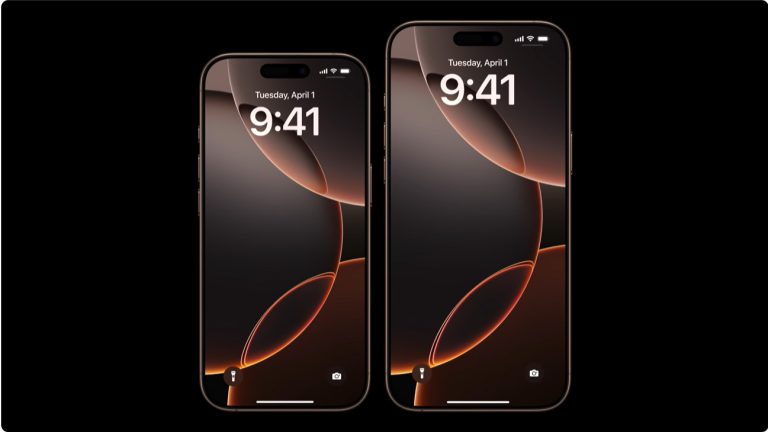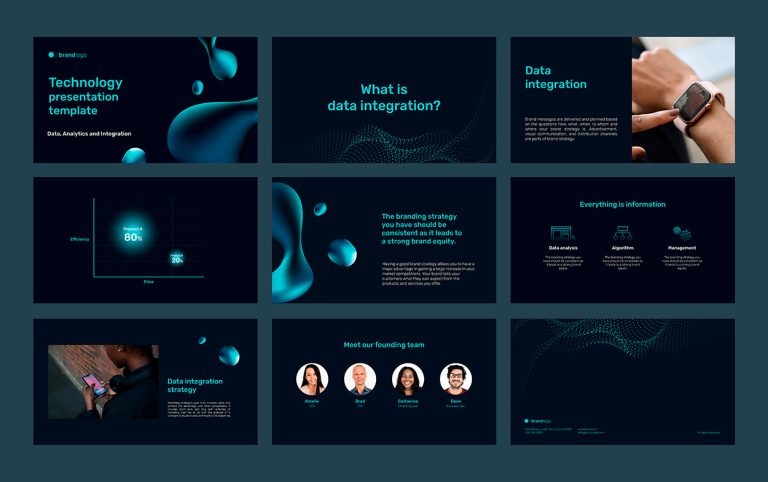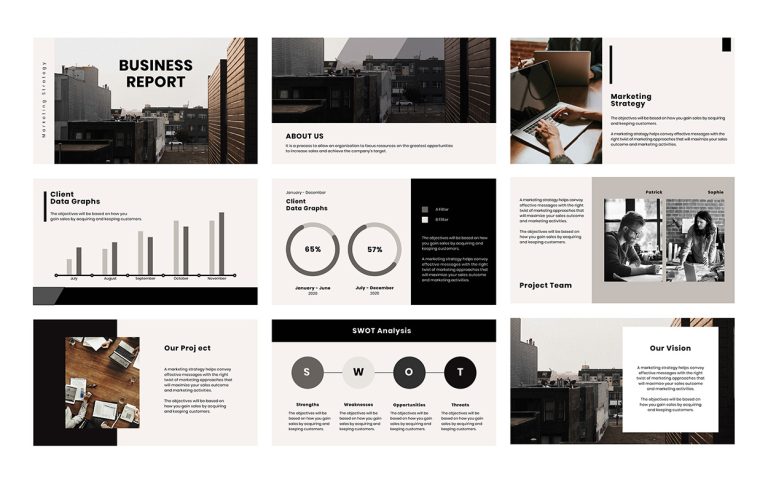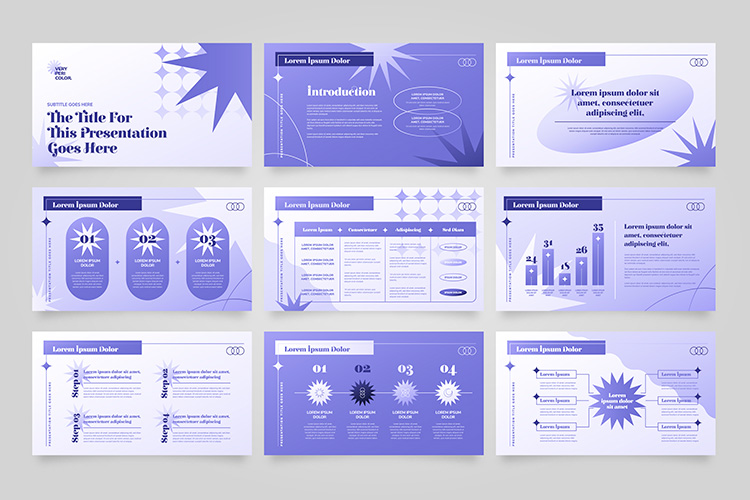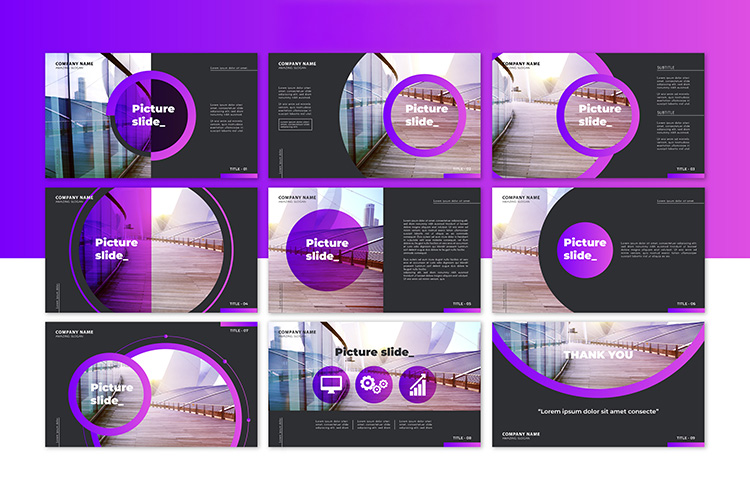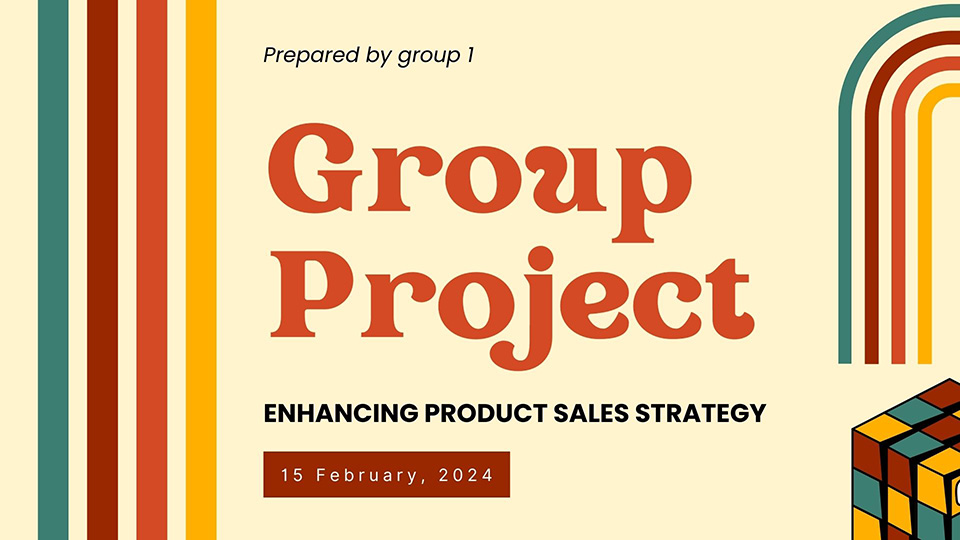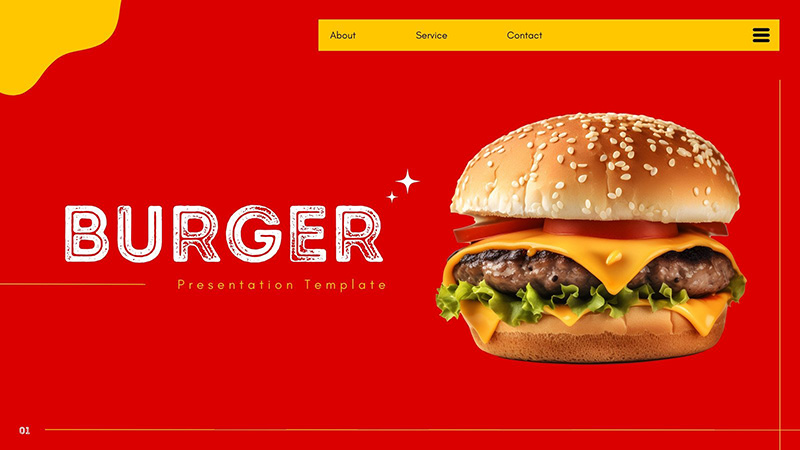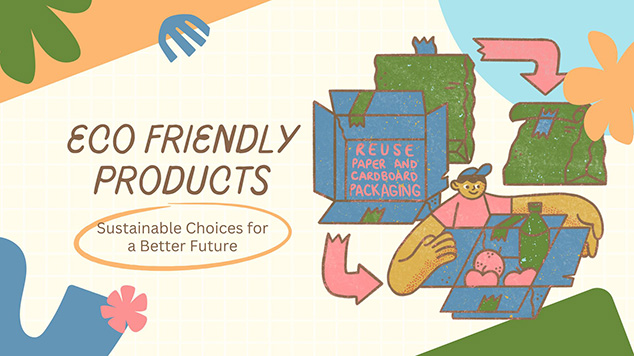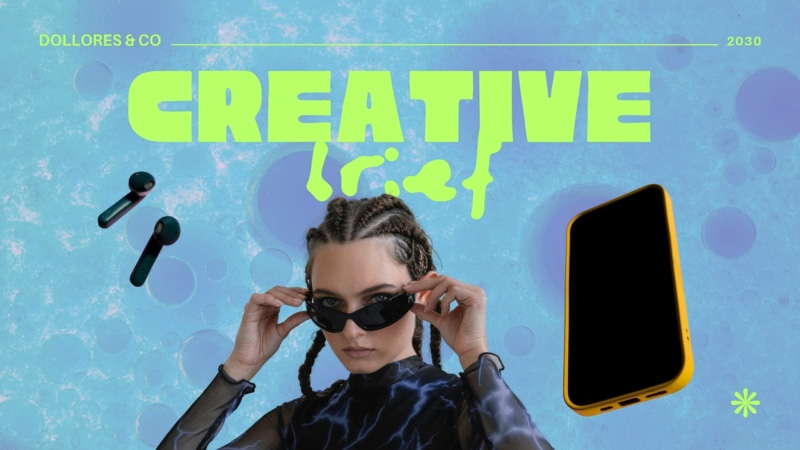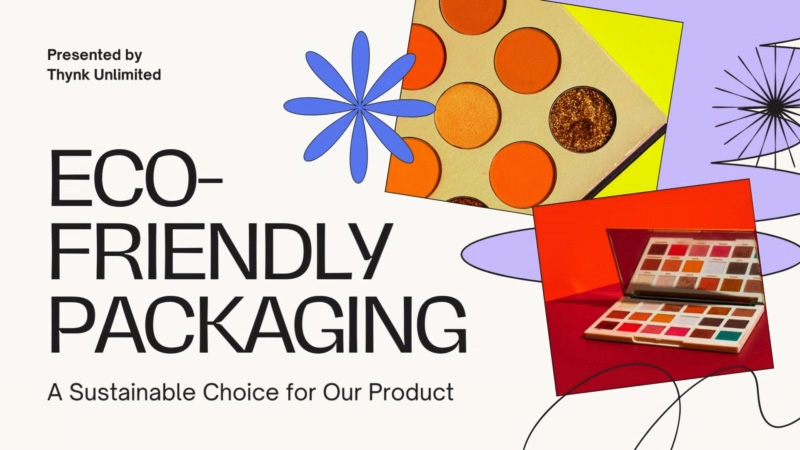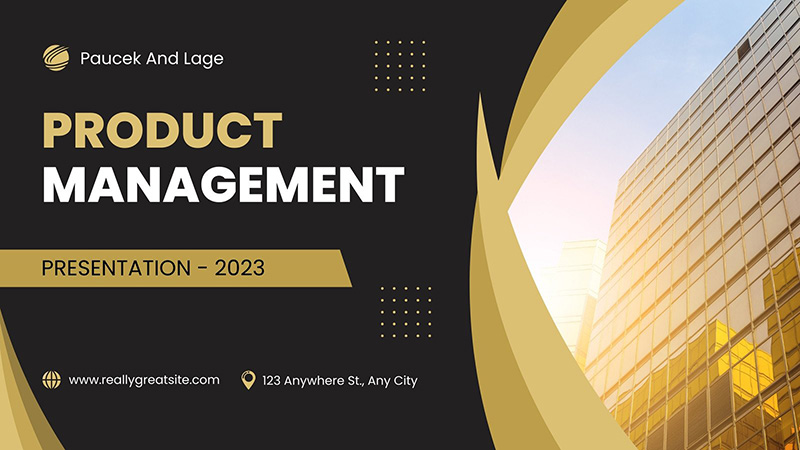Product presentation – guide with benefits, tips and examples
To grow your business, you need to sell - and to sell effectively, you need to showcase your product in a way that grabs attention and drives people to buy. A product presentation is how you introduce what you offer, whether it’s a physical item, a digital tool, or a service.
Publuu's online flipbook example
View more online flipbook examples
We all know that the right words can strongly influence our decisions, and a well-prepared presentation can turn interest into real sales. In this guide, we’ll explain a product presentation, why it matters, and how to make your presentation online stand out, with real examples.
What is a product presentation?
A product presentation is a key part of the sales process - it’s how you present and promote a product or service to potential customers. It’s your opportunity to introduce and explain what you’re offering in a clear and engaging way. Some call it a "pitch" - a short but persuasive presentation designed to highlight the value of what you’re selling.
💡 Related topic What is a sales pitch
Product presentation benefits
A product presentation is the foundation of sales - without it, selling becomes much harder. Customers might trust your brand, but they won’t always know why they should buy from you. That’s why it’s important to improve your skills and use the right tools that would help you to make your presentation look professional. A strong product presentation helps in five key ways:
1. Explains the product & purchase process
Don’t just name your product - explain it clearly. A good presentation shows what the product is, how it works, and what makes it valuable. Be sure to include key details like price and features, so customers know exactly what they’re getting.
2. Builds interest & desire
If you want to sell, make people want it. The perfect presentation highlights the product’s best features in an engaging, fun way. When describing your product, your goal is to make customers excited about owning it, and help them see why it’s better than your competition.
3. Shows the real value
One of the first problems is the customer’s question: “Is this worth the price?”. Your presentation has to explain why they should invest money and time in your products. A crucial technique we eventually learned is to explain benefits, not just features (e.g., “Saves time” instead of “Has fast processing”). This lets you compare value to cost so customers feel it’s a smart purchase.
4. Builds trust & confidence
In your presentation, make sure to address common customer concerns - like durability, ease of use, or any potential challenges. Explain the problems your product solves, and back it up with testimonials, reviews, or demos to prove it works. Most importantly, use storytelling and real-life examples to show how your product makes a difference.
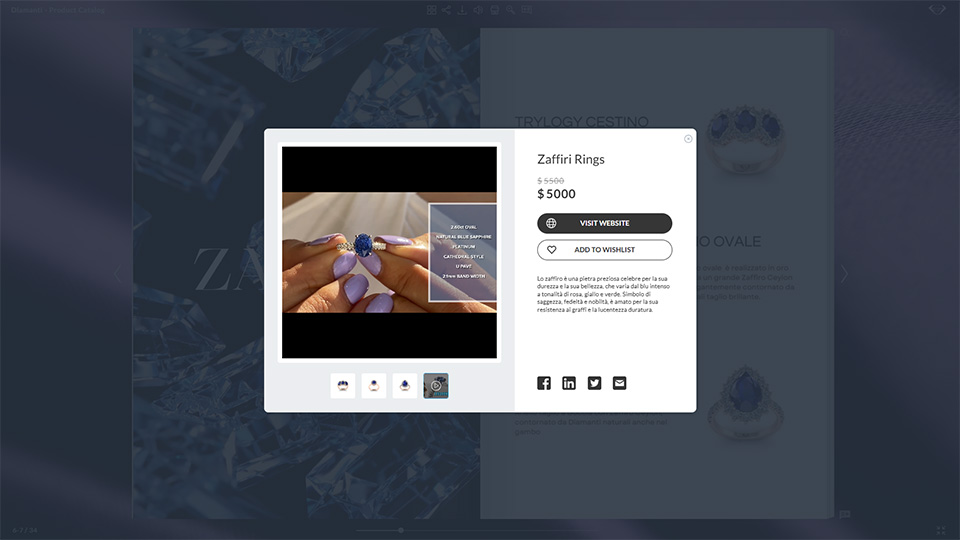
5. Encourages immediate action
End with a strong Call-to-Action (CTA) (e.g., “Buy now,” “Try today,” “Limited offer!”). Make it as clear as possible so customers don’t hesitate - build the sense of urgency.
A great product presentation doesn’t just describe a product - it convinces customers they need it.
How to create a product presentation?
An engaging product presentation doesn’t happen by accident - it takes planning. To get it right, you need to prepare in advance. Here’s a step-by-step guide to help you create the perfect presentation:
1. Start with a strong introduction
When you start your presentation, try to get people’s attention right away. Quickly say who you are, what you do, and why you’re showing this product. If it feels right, you can tell a short joke or story to make people feel more relaxed. The main goal is to make them interested from the beginning.
For example, you might say, “Hi everyone, I'm [Name], the chief designer of [Product]. Today I'm excited to show you how our new tool can help solve a [common problem].”
2. Prepare a plan
Next, tell your audience what you’ll talk about. Share the main points, like the problem your product solves, its main features, and how to use it. Showing this plan on a slide helps people know what’s coming and what to pay attention to. It’s also a good idea to plan short breaks so people can relax or ask questions.
💡 Related topic reach your target audience
3. Present background information
Take a moment to give a brief introduction to your company. Where did you come from? What is your mission? Any awards, celebrities, impressive milestones or famous clients you can mention to add credibility? This will help your audience understand the context.
4. Clearly describe your product
Now it's time to get to the heart of your presentation. Start by explaining exactly what your product is and what it is used for. Avoid technical jargon - instead show visuals such as photos, demos or videos to bring the presentation to life.
5. Highlight what makes the product unique
What sets your product apart from the competition? Is it faster, cheaper or more user-friendly? Clearly state your unique value proposition so your audience understands why they should choose your solution. You can compare yourself to the leaders, but it's best to show what's so great about your solution.
6. Rely on Publuu flipbooks
If you want to reach as many people as possible, Publuu is a great choice. You can share your presentation online in form of a digital flipbook with videos and clickable links, so everyone can view it easily. With interactive hotspots, you can highlight the best parts of your product by adding videos right into your product presentation.
Publuu's online flipbook example
View more online flipbook examples
7. Finish with confidence
At the end, quickly go over the main points you talked about. Then give a clear call to action - like visiting your website, signing up for a demo, or anything else you want the audience to do next. Be sure to leave some time for questions and to connect with your audience.
Tips for a successful product presentation
Tip 1 - Know your audience
Before you start, think about your audience. What do they care about? What problems are they trying to solve? For example, if you’re presenting to college students, you can keep it casual. But if you’re speaking to business buyers, your style should be more professional.
Ask yourself:
- What do they already know?
- What do they need to hear to be convinced?
- What objections might they have?
If you’re unsure, ask real customers what matters most to them, using surveys or other apps.
Tip 2 - Start with a strong hook
Start with something that makes people think, “I need to hear this.”
Example ⤵
“What if you could save 5 hours a week with one simple tool?”
“Most people waste money on software - here’s how to stop.”
Keep it short, relevant, and surprising. It's a good idea to anticipate your audience's expectations and then surprise them with something new.
Tip 3 - Focus on what is important to your audience
Don’t list every feature - pick the top 3-5 benefits that solve real problems. For example:
- “Saves time: Finish reports in half the time.”
- “Easy to use: No training needed.”
- “Saves money: No hidden fees.”
Show how your product makes their life better.
Tip 4 - Use visuals effectively
People remember images better than text. Use:
- Clean, high-quality photos
- Short videos or demos
- Simple charts or infographics
💡 Tools like Publuu let you add interactive elements to your presentation.
Tip 5 - Speak the language of benefits
When describing your product's capabilities, don't just list its features. Instead of saying, “Our app has cloud storage,” say:
“Access your files anytime, anywhere - no more lost documents.”
Tell a quick story if you can:
“One customer saved 10 hours a month by switching to our tool.” - your audience will relate!
Tip 6 - Practice, practice and practice more
Before your presentation, practice speaking out loud. This helps you see what sounds good and if you talk too long. You can also practice with a friend or record yourself to hear how you sound.
The more you practice, the easier it gets. Speak clearly, use a friendly tone, click through your slides smoothly, and be ready to answer questions.
Effective examples of product presentation
1. Publuu jewelry product presentation
Publuu's online presentation example
View more online flipbook examples
This flipbook showcases PFE Diamanty jewelry in an elegant, animated way. Publuu brings it to life with videos, image galleries, hotspots, and a realistic page-flipping effect. Readers can easily flip through the pages and click straight to the store if something catches their eye. The smooth animations and soft background match the high quality of the jewelry.
2. Apple iPhone 16e product presentation
What makes this presentation successful:
The speaker uses storytelling to help the audience imagine using the iPhone in real life. Each feature is shown in action, with clear examples of how it helps you. The phone is presented in a clean, stylish way—just like Apple is known for. The presentation also highlights real benefits, like how AI saves time and makes life easier, without using confusing tech terms.
Product presentation templates
Tech-oriented presentation template
This presentation works great for hi-tech products like smartwatches or software.
Toned business presentation template
You can use the toned sepia shades of this presentation to promote books or magazines.
Gradient slide presentation template
Relying on gradients and spiked star motifs is sure to give your product styles that extra oomph.
Vivid image presentation template
These templates are very visual which will definitely help your products in industries like fashion or real estate.
Old school presentation template
This 70s style product presentation template is sure to draw the attention of your readers.
Strong red accents template
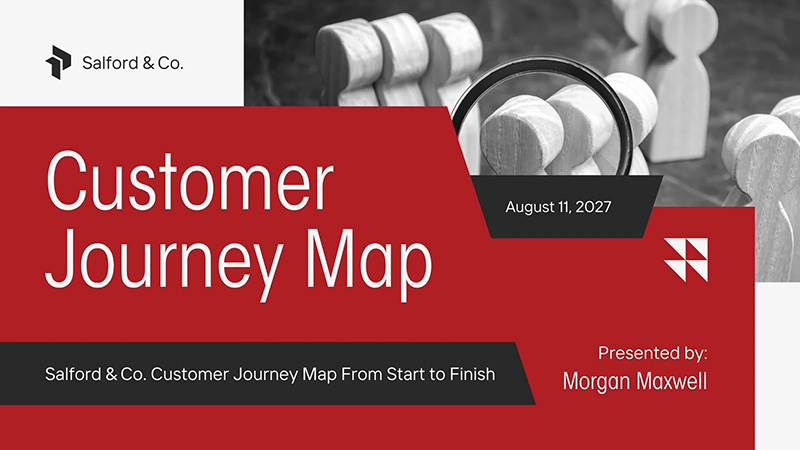
This black and white template lets you use red color to a great effect.
Modern product presentation template
This presentation uses colors that are related to a well-known hamburger chain, but you can use it to promote any kind of product.
Eco-friendly presentation template
Pastel colors and cartoon graphic make this presentation template look great and work fine for natural products.
Dynamic product presentation template
Dynamic shapes and contrasting colors make this template very memorable.
Neon and blue creative presentation template
The vivid colors and backgrounds make this presentation perfect for teenagers and young adult listeners.
Animated marketing presentation template
Cartoon animation draws the attention - and it works well not only for sustainable products.
Modern product management presentation template
The respectable toned colors of this template work well for corporate presentation for sophisticated customers.
Common mistakes to avoid in your product presentation
1. Too much information on slides
Overloading slides with text and bullet points is a common mistake that always discourages the audience. People don't like to read long blocks of text on the screen! Instead, use bullet points, clear visuals. Rely on one single element - like a key stat. Slides should support your talk, not replace it.
2. Reading slides aloud
Your audience can read faster than you can speak. You'll only waste their time. Instead, treat the slides as prompts and develop thoughts in your own words. Maintain eye contact with the audience and speak naturally.
3. Rushing through content
Speaking too quickly makes it difficult for the audience to understand your message. People need time to process information. Pause often, speak at casual pace and once in a while ask "if something's unclear?" - you might even ask the audience to paraphrase you.
4. Technical problems
Technical problems can ruin even the best-prepared presentation. Make sure to test all hardware and software beforehand.
Prepare a contingency plan in case of technical problems - for example, if you don't have a USB stick with you, upload your presentation to the Publuu cloud.
5. Using filler words
Filler words, such as “ummm,” “errrr,” and “you know,” distract the audience and make you sound unprofessional. Try to eliminate these words from your speech - pause if you need to.
6. Apologizing
Saying "sorry" for minor issues makes you seem insecure. Avoid apologizing for things beyond your control, such as technical problems and have backup plans.
7. Sharing materials too early
Handing out slides before your presentation can make your audience read the slides instead of listening to you, and surprises are wasted. Hide the slides and after the presentation, send them a link to a flipbook from Publuu they can review at their own pace.
Product presentation FAQ
What is the purpose of the product presentation?
The main purpose of a product presentation is to introduce a product or service to potential customers, with the aim of making a sale. It involves:
- Demonstration: You need to clearly explain what the product is and how it works.
- Values and benefits: Make people want to buy the product.
- Branding: Presentations build trust in the product and the company.
What should be included in a product presentation?
An effective product presentation should include:
- A strong introduction that will capture the audience's attention.
- A clear description of the product and its traits.
- The most important features and benefits of the product.
- Visual aids such as photos, videos and diagrams.
- Real-life examples, testimonials or demonstrations to build confidence.
- Finally, include a call to action to motivate the audience to buy the product.
Optionally, you can also include:
- Background information about your company.
- Explanation how to buy it online or offline.
- Time for questions and answers.
How do we measure the effectiveness of a product presentation?
There are different ways to measure how good a product presentation is, some examples include :
- Publuu’s analytics can help you track this. For example, you can see how many people opened your flipbook. This lets you measure interest and see who might turn into a customer.
- Engagement indicators: How many people viewed it, how many interacted with it and how long they spent looking at it.
Conclusions on product presentation
A product presentation is a way to show your product or service to potential buyers. It explains what it is, how it works, and how it solves problems.
A great presentation builds trust and interest. It gets people excited about buying by using clear language, eye-catching visuals, storytelling, and focusing on the benefits - not just the technical stuff. Now you know how to create presentations that attract and convince customers. Share your Publuu flipbooks with us and show us how customers respond to them!
You might be also interested in:
10 Types of Presentations with Examples
How to Create an Effective Project Presentation: Examples & Tips
